What We Learned from a Slowtwitch Fit Academy Workshop
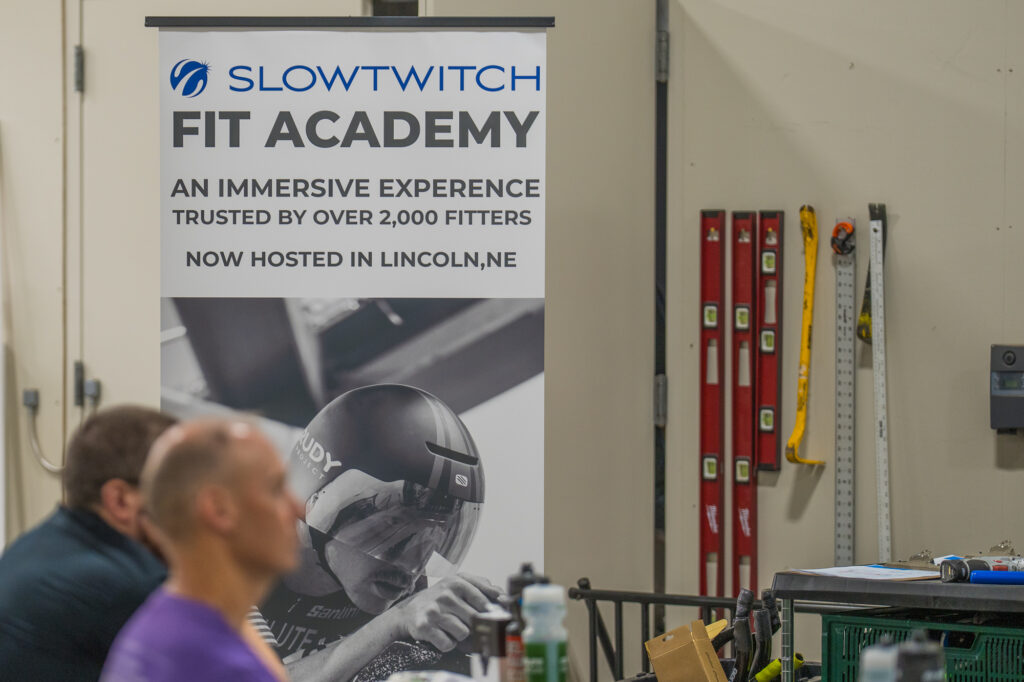
It started in 2002, and, while the name has changed, the concepts haven’t. What was once called “Fit Institute Slowtwitch (F.I.S.T)” has now been renamed the “Slowtwitch Fit Academy,” and last week we got to spend some time at one of the program’s workshops. The F.I.S.T. program was the brainchild of Dan Empfield, the man the sport can thank for the triathlon wetsuit and who was also a huge part of the development of the triathlon bike as we know it today.
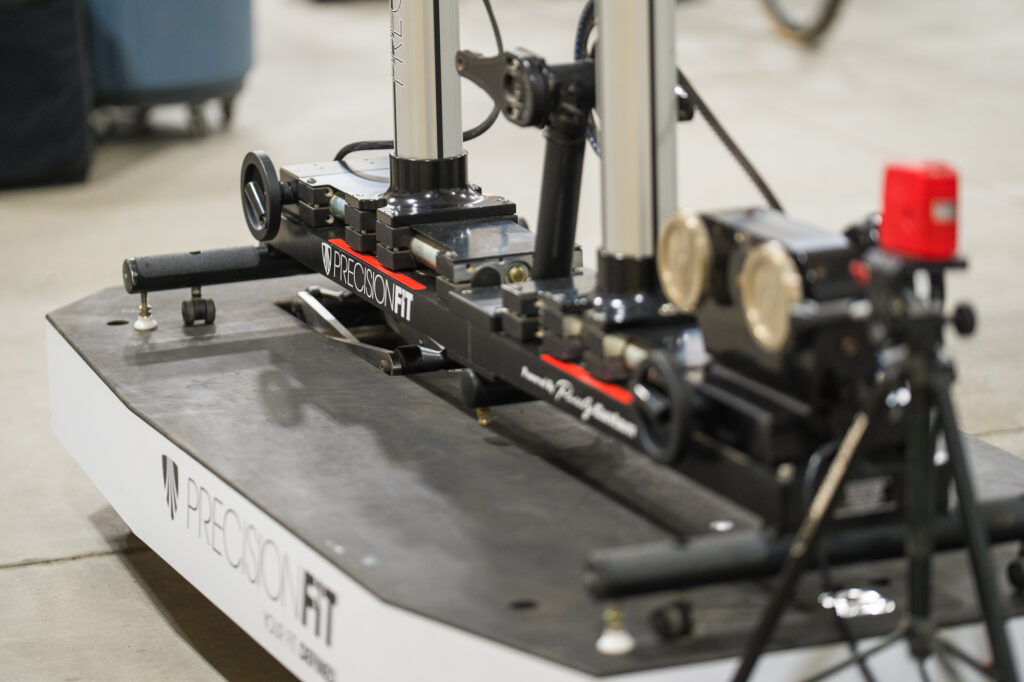
“F.I.S.T. was the first of a new breed of bike fit systems that featured fitting as the rider pedals,” Empfield wrote of the program last year. “This is known as dynamic bike fit and F.I.S.T. started it. This fit system was best executed using a fit bike purpose-built, with the notable elements being saddle and handlebar changes that occurred along an x/y axis.”
The original fit bikes were built by Exit Cycling, but over the years GURU, Purely Custom, Shimano and Retül (to name a few) have followed with their own bikes. The F.I.S.T. workshops were conducted by Empfield in Valyermo, California, but last year “F.I.S.T. Changed its name to the Slowtwitch Fit Academy and moved the workshops to Lincoln, Nebraska.
According to Slowtwitch president Eric Wynn, the name change and new venue are all part of a “facelift” for the program and the workshop. Over the last year Wynn worked with some of the best fitters in the business, including Mat Steinmetz, David Ripely and Ian Murray, and revamped the course. It now takes place over three days (versus the previous five). Lincoln is much more central, making it easier for people across the United States to get to.
“Thanks to our partners at Certified Piedmontese, we have access to all the space we need,” Wynn said. “With Goodlife Cyclery down the street, our attendees can see first hand what a fit studio in a shop should look like. We also have some great gravel riding before or after classes. We are very happy with where the workshops are headed, and it’s great to see new faces coming into the bike fitting arena.”
Included in those “new faces” was Lincoln native Abi Burke, who works at Goodlife Cyclery.
“This makes me able to be a female fitter for other females in my area,” Burke said. “It’s a big reason why I came here.”
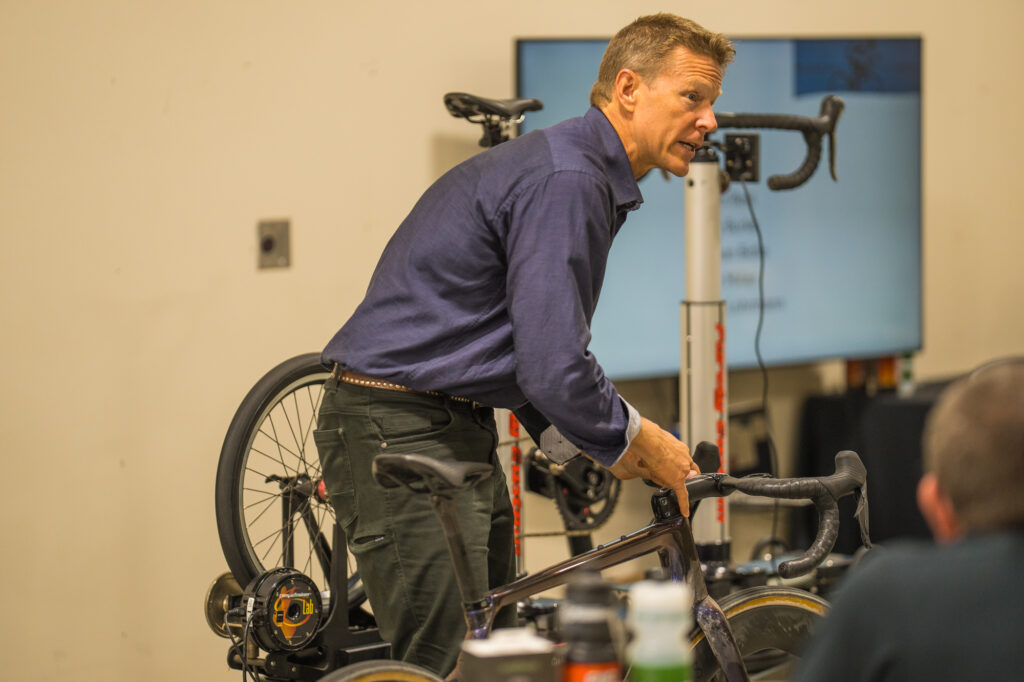
Ian Murray
While Murray has now taken on the Fit Academy workshops, he’s quick to credit Empfield’s philosophy, which remains the guiding principle for the program.
“Dan Empfield cannot be given enough credit for where not only this fit school is, but most of the other fit schools as well,” Murray said in an interview just before the second of the three days the program ran last week. “I could never say enough about how Dan has been the foundation for which this course, and so many bike fit schools, teach. Retül started with a lot of Dan’s instructions. The Guru Fit Academy is completely based on Dan’s philosophy. There’s a ton of Dan not only in this school, but of course in others.”
That storied history of bike fitting, along with Murray’s background as the lead of coaching education for USA Triathlon, was a draw for some of the fitters who attended the workshop. That triathlon connection was important. A lot of time within the workshop is dedicated to triathlon fitting, which other programs don’t focus on to the same extent, and a couple of the attendees at the workshop said they were there because the Slowtwitch Academy program is “considered ‘the standard’ for triathlon bike fits.”
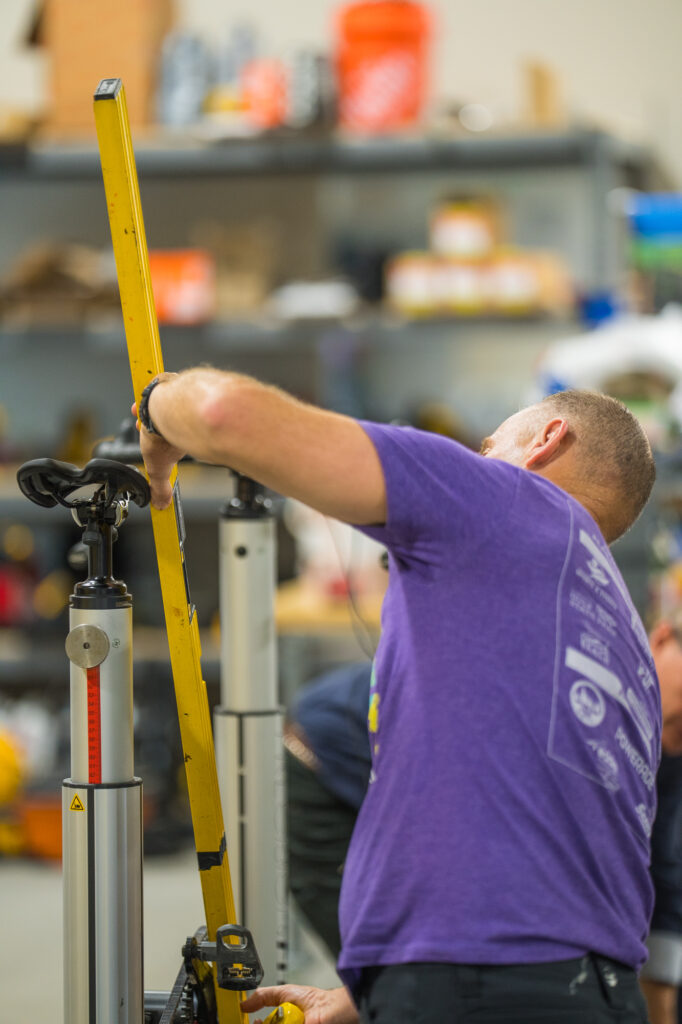
Others cited the extensive articles they’ve seen on Slowtwitch over the years, along with the program’s reputation in the industry.
“I was at the CABDA (Chicago Area Bicycle Dealers Association) annual meeting looking to understand where I can go to get knowledge about fitting that I would feel comfortable and confident doing,” said Peter York, the owner of the Bar Harbor Bike Shop in Maine. “So, I talked to as many people as I could there and this is where I landed, and this was what was recommended.”
For Murray, though, the Fit Academy program offers more than history and dynamic instructors.
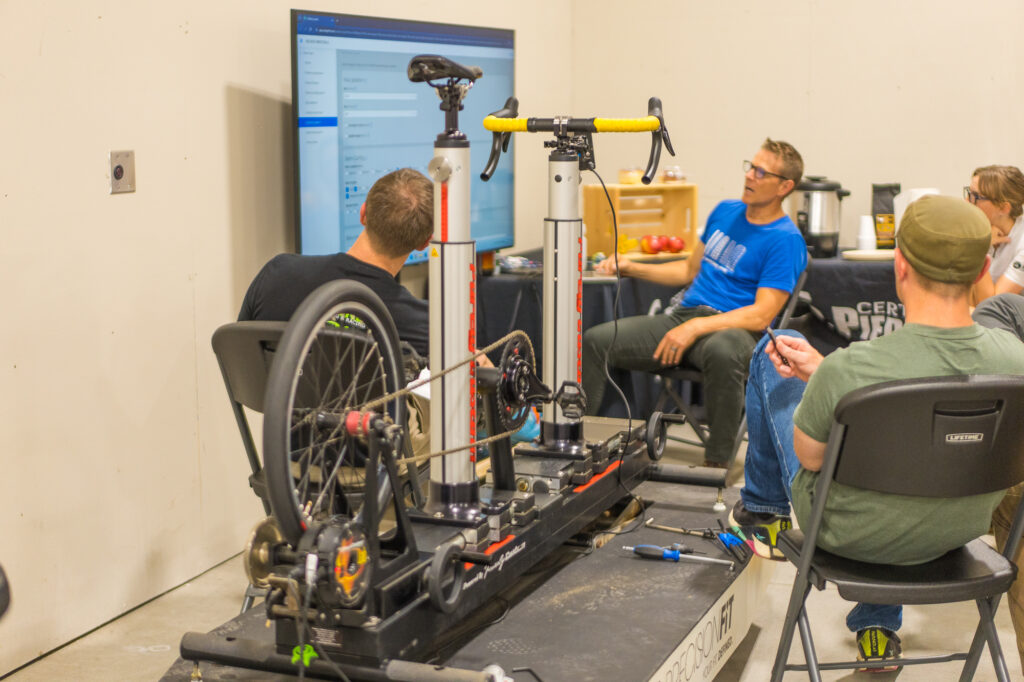
“There are a lot of choices out there and what we primarily focus on is including the athlete in the fit process and welcoming feedback from them because comfort on the bike is our primary driver and because we know power creation is baked into that comfort response,” Murray said. “When you include the athlete in the decision making of their fit, it gives them a lot of power and control. They feel invested and it makes the fit better. We’re not just saying, hey, your knee angle should be this number and so we’re just going to impose that seat height on you. Or this shoulder angle should be this number, so we’re going to impose that cockpit distance on you. There is a range of degrees, a range of positions that are right on the bike, and we let the athlete choose within that range.”
Ultimately, what Murray is suggesting, is the process is a collaboration between the fitter and the rider, which is the basis of what Empfield envisioned with the dynamic bike fitting process. Rather than simply using limb length measurements or other metrics, the dynamic process “tells you how to sit aboard a bike, and then ‘prescribes’ a bike (or bikes) that matches those fit coordinates.”
“There is a place for motion capture systems, there is a place for measuring body angles, there is a place for guiding an athlete to a position that is orthodox, that is standard in how we ride a bike,” Murray continued. “But within that range, the athletes should have permission and really be welcomed to choose their own spot.”
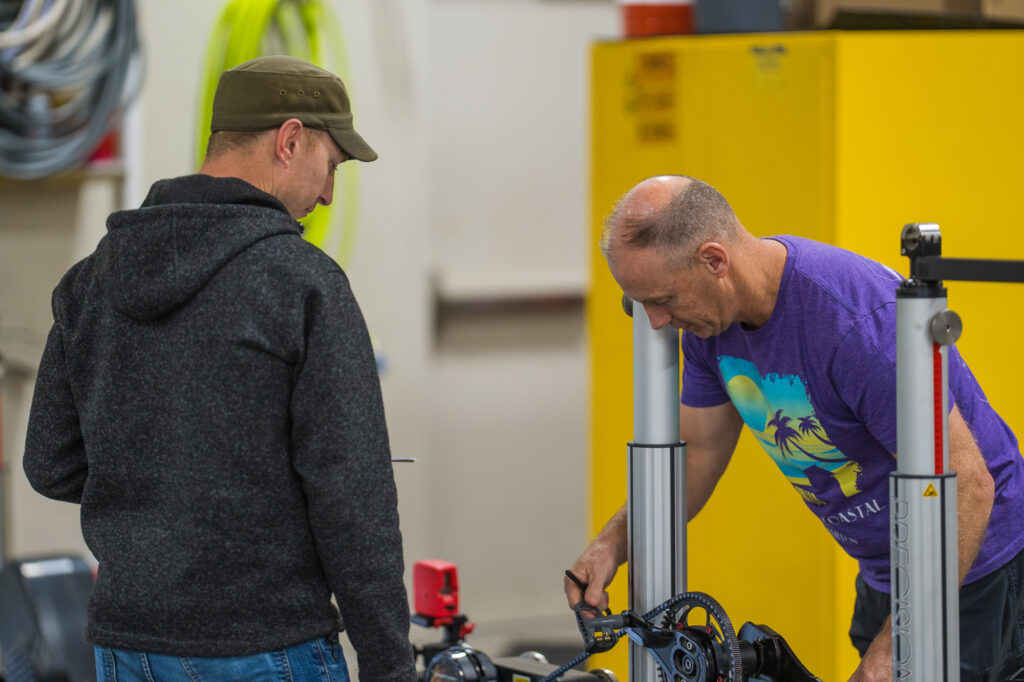
That collaborative process slips into the workshop as well. As the fitters introduced themselves to the group, Murray was able to promote the idea that everyone could work together on learning the fitting process.
“This is the magic that I think has to be created early, like in the first hour of the first day,” Murray said. “You have experts from many fields in the room. We’ve got two Tri coaches here. We’ve got two engineers and an architect. We’ve got people who are great with numbers. We’ve got good communicators. By setting the stage early that everybody has a contribution to make to our process, we’re all going to learn from each other, and that really makes it great, because suddenly it’s not a philosophy that’s being taught. It’s not me that’s that’s imposing the process. It is everybody together saying, hey, this is what I love. For instance, we’ve got a guy here that is just all about service. And boy, do I love hearing that. We’ve got another guy who worked in finance forever and his numbers – I can’t believe how fast he is with the math in his head … And, so, we’re really learning from everybody and that’s always been the case in a Slowtwitch fit school. Sometimes we’ll have a physical therapist or we’ll have a chiropractor, and so we’ll want to bring in that medical side of things.”
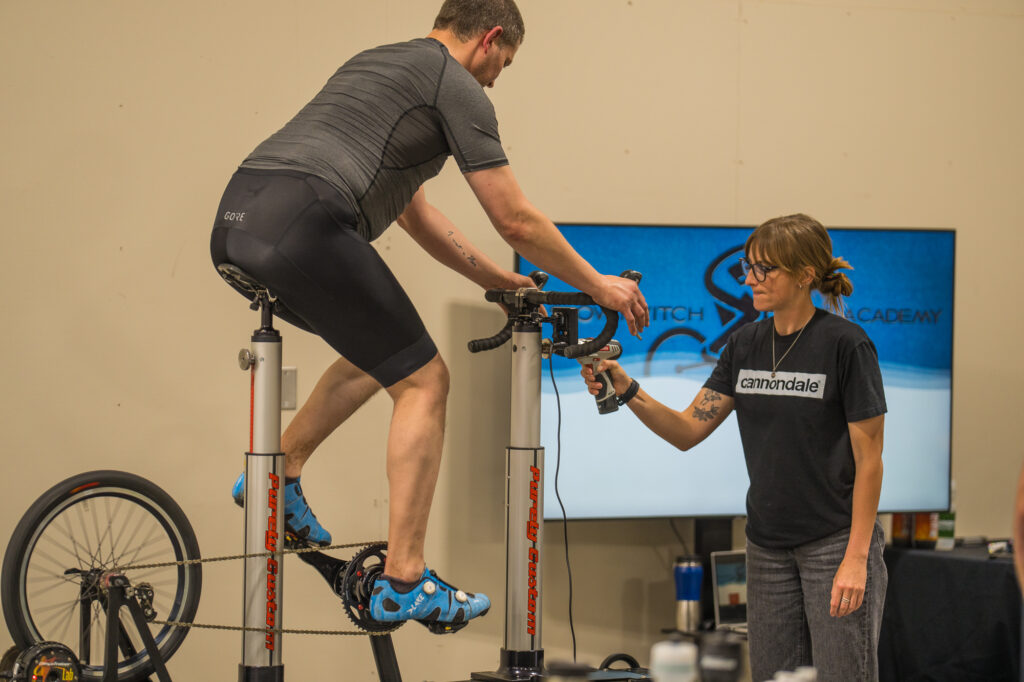
After the first day many of the participants, many who have already been doing bike fits, felt that the course was answering their needs because, as one fitter put it, “the depth Ian had been taking us far exceeded what I thought.”
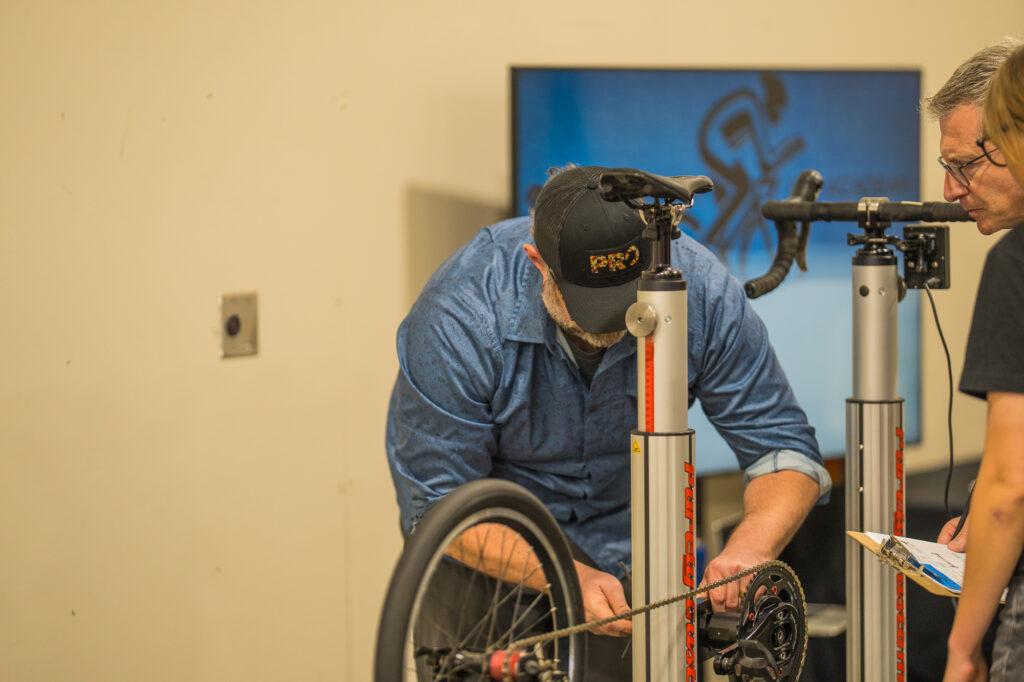
Ultimately, though, the success of the Slowtwitch Fit Academy workshops must come down to the value the program provides. Over 2,000 people have gone through the program in the 23 years since it started. Murray wants the Slowtwitch program to provide what’s best for the customer and, in the end, the industry.
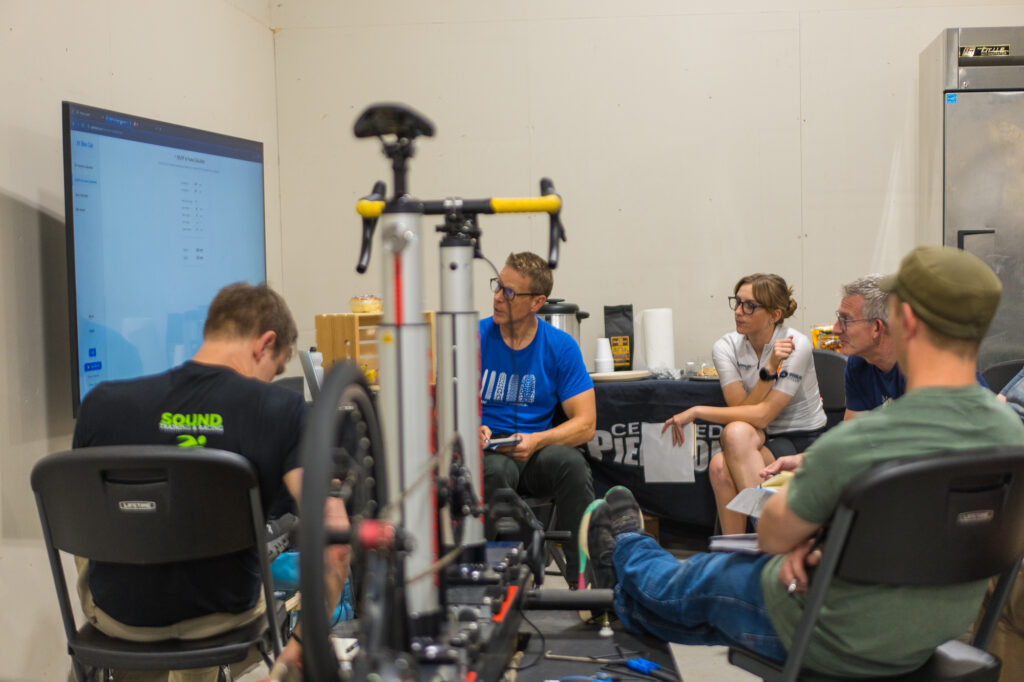
“I think the most important thing is that I want them to provide a good service that is comfort driven,” Murray said. “Think of going to a fancy restaurant and how you want to be treated. That’s how I want it to be in a bike fit from a Slowtwitch Fit Academy fitter. If you think about staying in a nice hotel, if you think about all these places where service is the priority, I want that to happen here. Then what happens is the customer gets elevated to the priority, not the process, not the numbers, not anything else. It is the customer, and then, when you get feedback from the customer, when you’re working with the customer, then what happens is the bike fit gets guided to a place where, when that person leaves, they’re going to love what they got. They’re going to love cycling, which is really our primary goal, and then they’re going to talk up their fit experience to everybody else and that fitter’s business is going to go nuts.”
You can find out more about the Slowtwitch Fit Academy here.
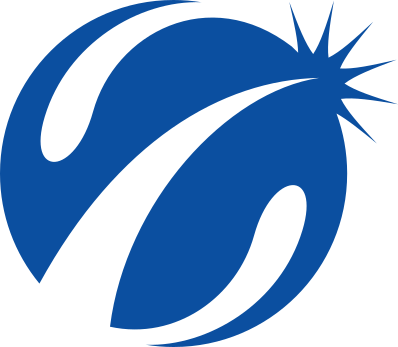

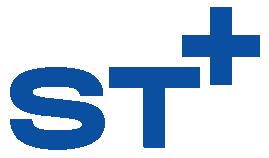

Kevin, Thank you for coming to Lincoln, hanging with us, chatting up the fitters, and covering the course. Like everybody associated with ST I simply love bikes, and love seeing people enjoying cycling. The attendees of this coruse were SOLID and in follow up emails since we concluded I know that many are already busy fitting, practicing, honing their craft, developing their style, and helping people get faster. I’m already looking foward to the Fall course.
Ian